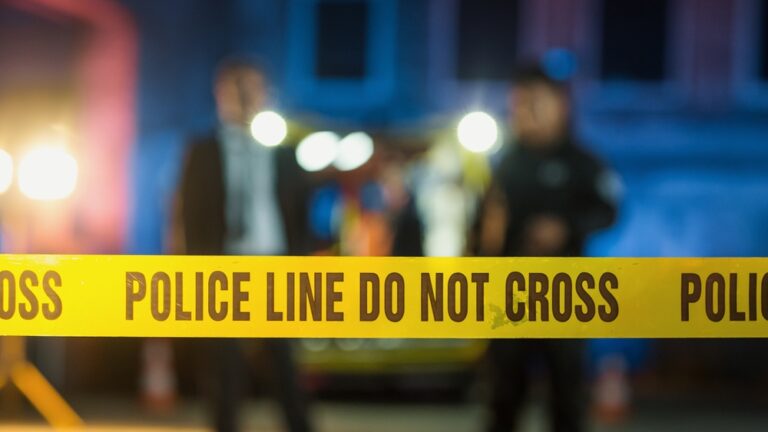
Police Tape 101: Everything You Need to Know
Police tape, commonly known as crime scene tape, is an important tool used by law enforcement to secure…
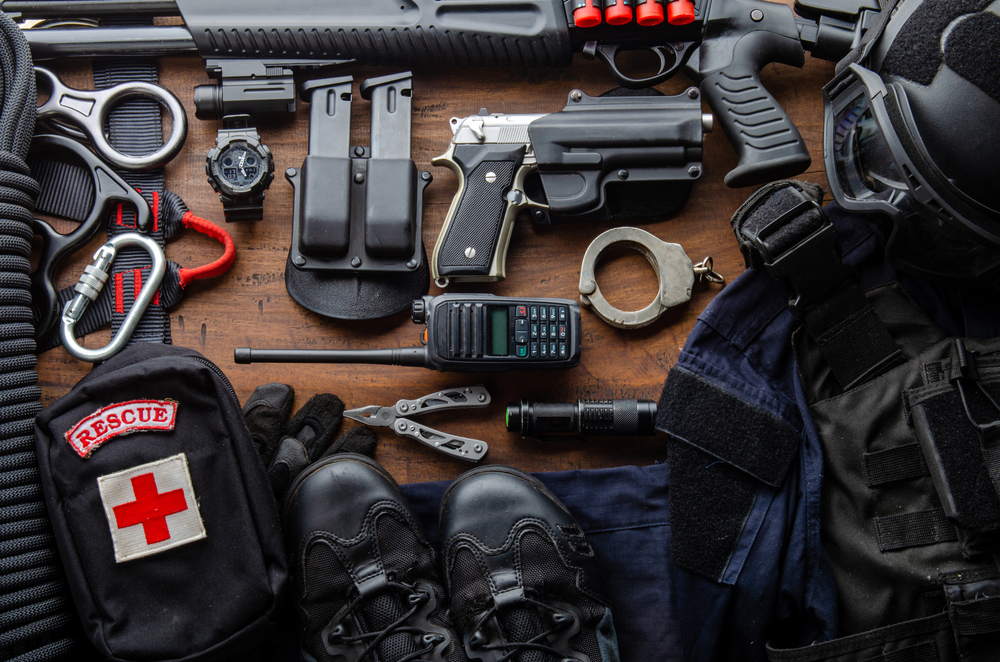
…which means that these critical tools need to be lightweight, robust, and compact.
This leads me to the following question:
Well, that’s a great question! Below I will try to answer what that with this list of basic police gear:
It all depends on where you work, what your police district requires of you, and what kind of work you do. Below you’ll find what I think is an essential police gear list.
However, there is a world of difference between the equipment needs of officers who work in rural areas with miles of country road between them and backup, and officers who work in Manhattan or LA where help is available within minutes.
There are definitely officers out there who have to tote around more equipment than they should and they could probably do with less.
No matter where you work or what exactly your job entails, you’ll always need a few essentials with you each time. In this article, I’ll talk you through these, in my opinion, absolute necessities. In my case, I have some equipment on my body, my bag, and in my patrol car.
A sturdy belt designed to hold various essential tools and weapons securely, keeping them within easy reach during operations.
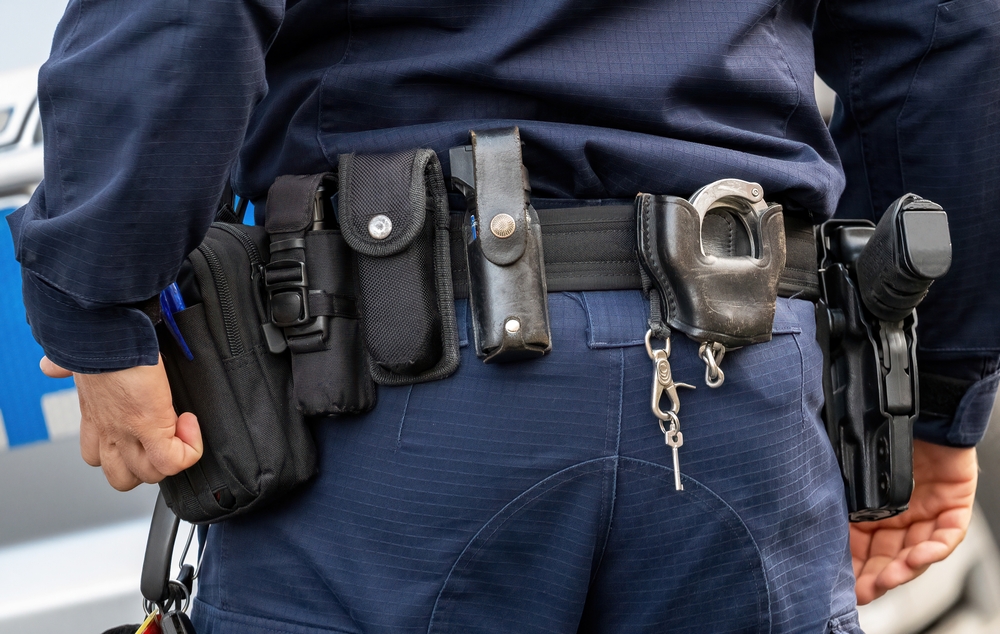
Used to restrain suspects by securing their wrists, ensuring they cannot escape or cause harm to others.
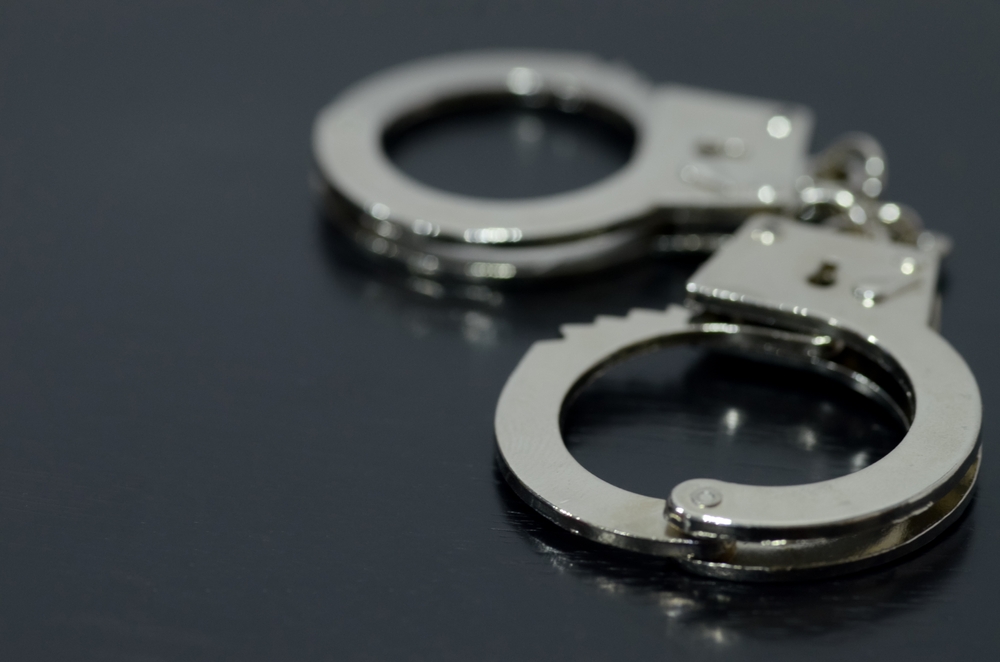
A non-lethal weapon that delivers an electric shock to incapacitate a suspect, providing a safer alternative to using firearms.
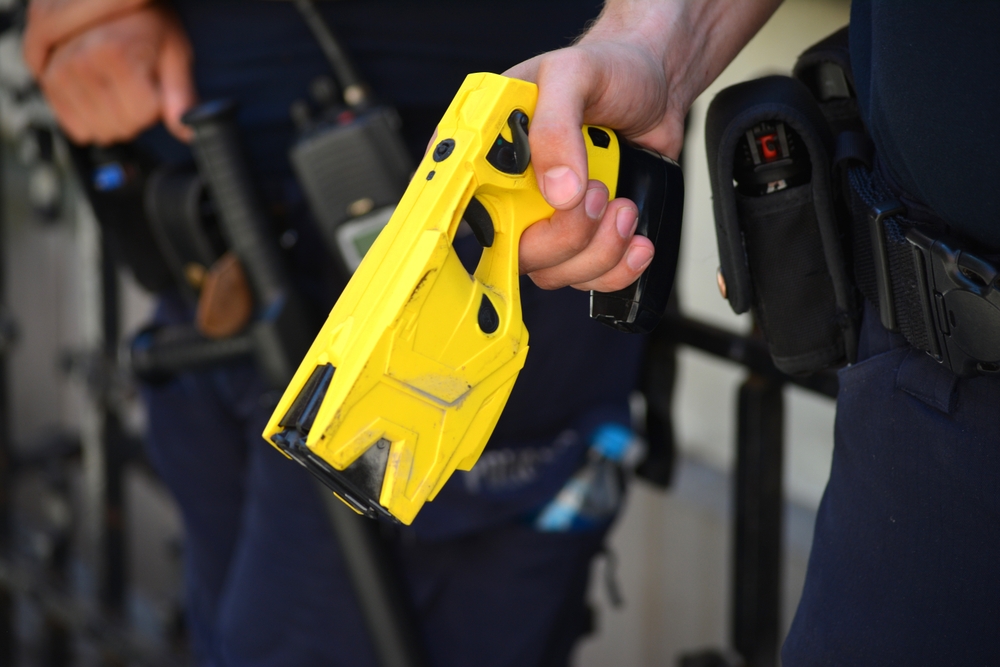
A sidearm or handgun that serves as the officer’s primary weapon for self-defense and controlling dangerous situations.
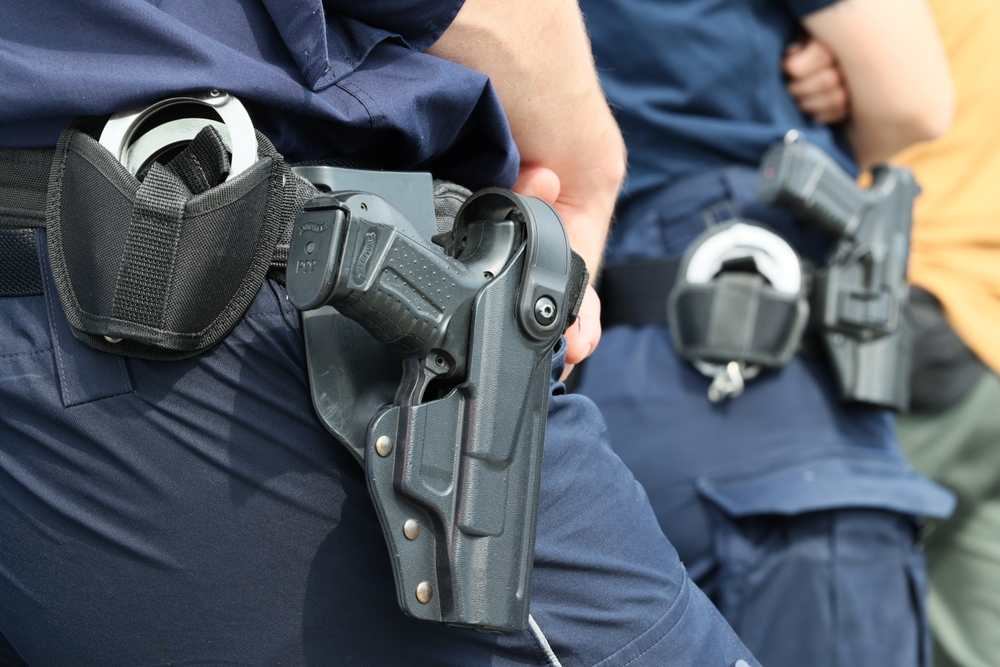
A secure, easily accessible carrier for an officer’s firearm, typically worn on the duty belt, designed to safely hold the gun while ensuring it can be drawn quickly when needed for self-defense or law enforcement duties.
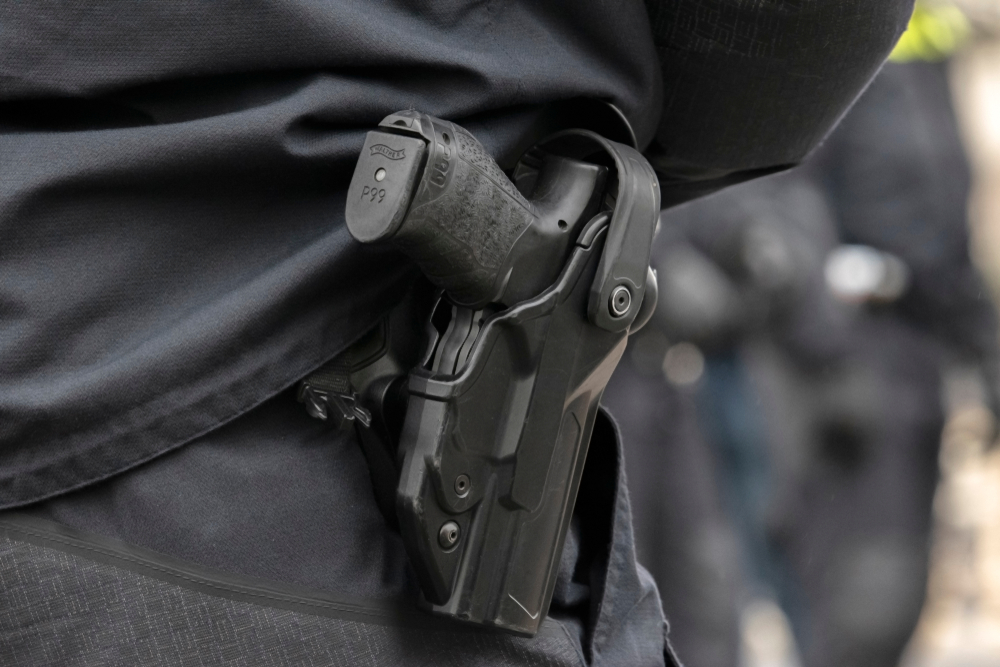
A retractable or fixed baton used for self-defense or crowd control, enabling officers to subdue suspects without using deadly force.
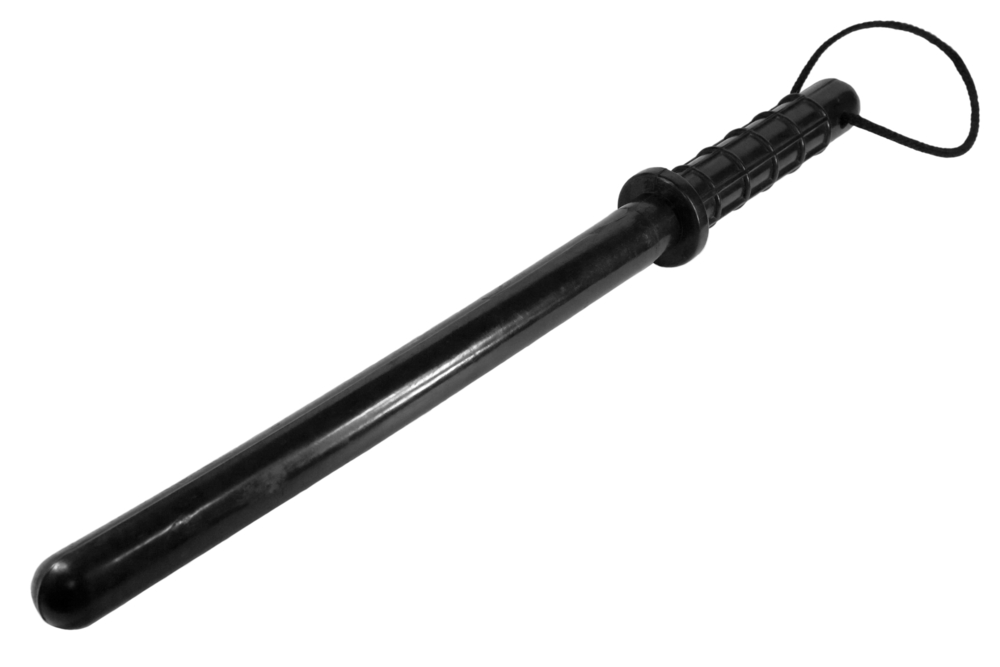
A chemical irritant that temporarily incapacitates a suspect by causing intense irritation to the eyes, nose, and throat, allowing for safe apprehension.
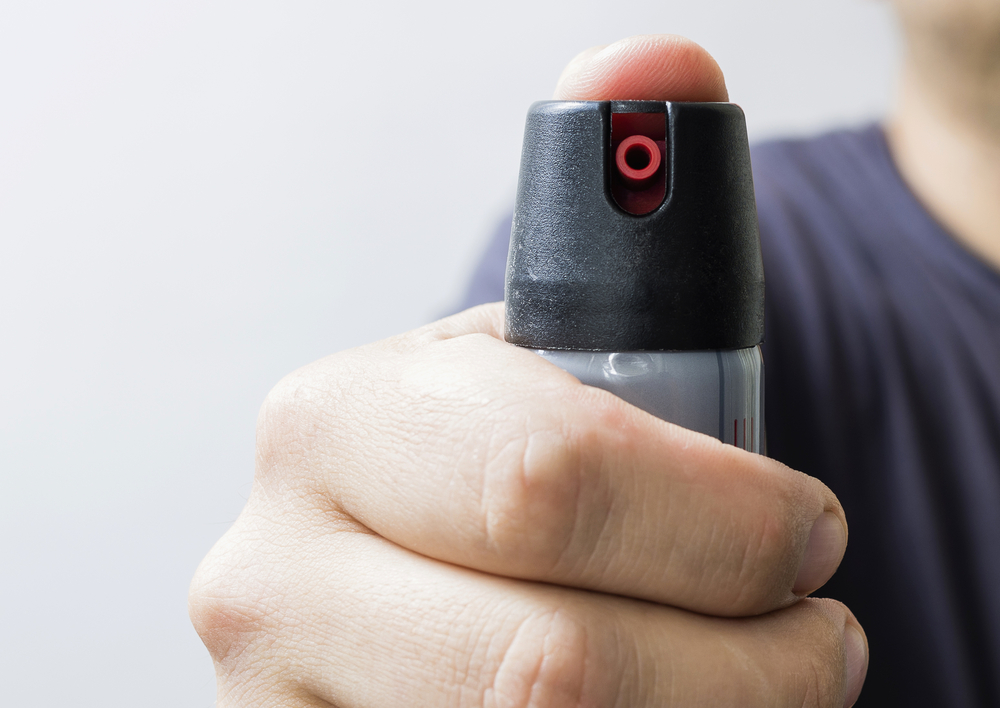
A high-powered flashlight to illuminate dark areas and identify potential threats during nighttime or low-visibility situations.
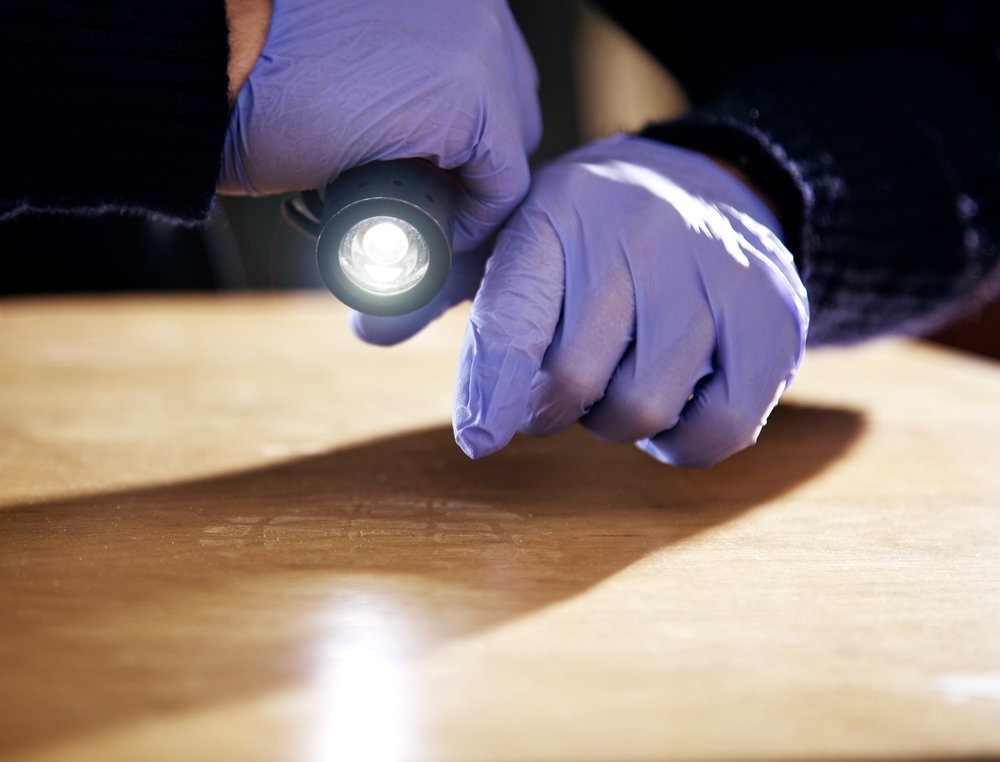
Protective clothing designed to absorb and reduce the impact of bullets or sharp objects, safeguarding vital organs.

A communication device that enables officers to stay in contact with dispatch, other officers, and emergency responders for coordination.

A portable kit containing basic medical supplies to treat injuries at the scene of an incident before professional medical assistance arrives.

Disposable gloves to protect the officer when handling evidence, performing first aid, or engaging in potentially hazardous situations.

Essential tools for recording information, observations, or statements that may be needed for investigations or reports.
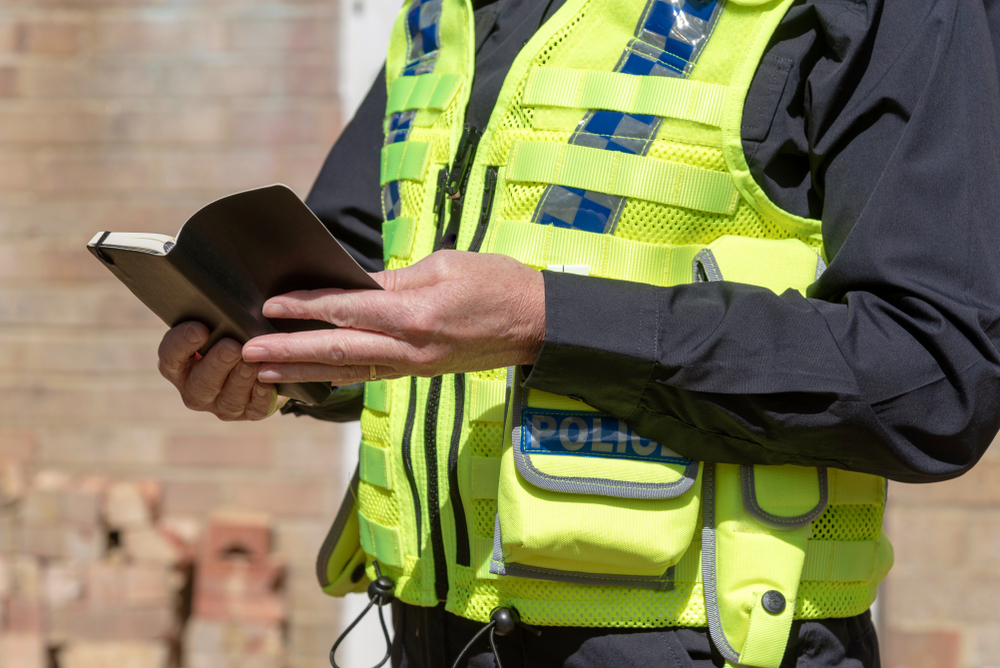
A set of tools used for collecting and preserving evidence from crime scenes, ensuring chain-of-custody and proper documentation.
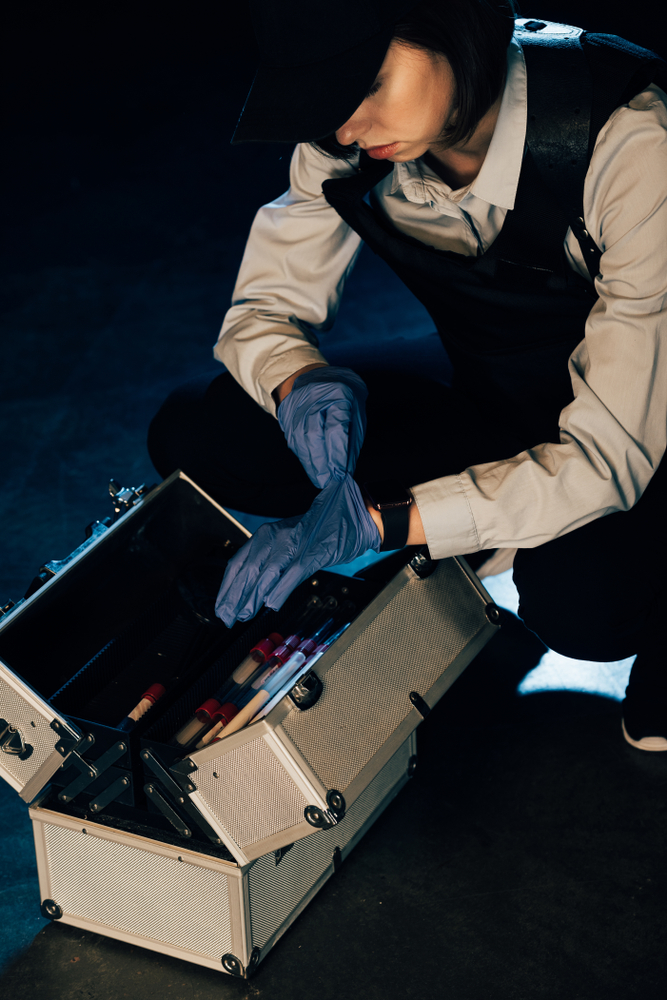
A camera used to record interactions with suspects or gather evidence, ensuring accountability and transparency.
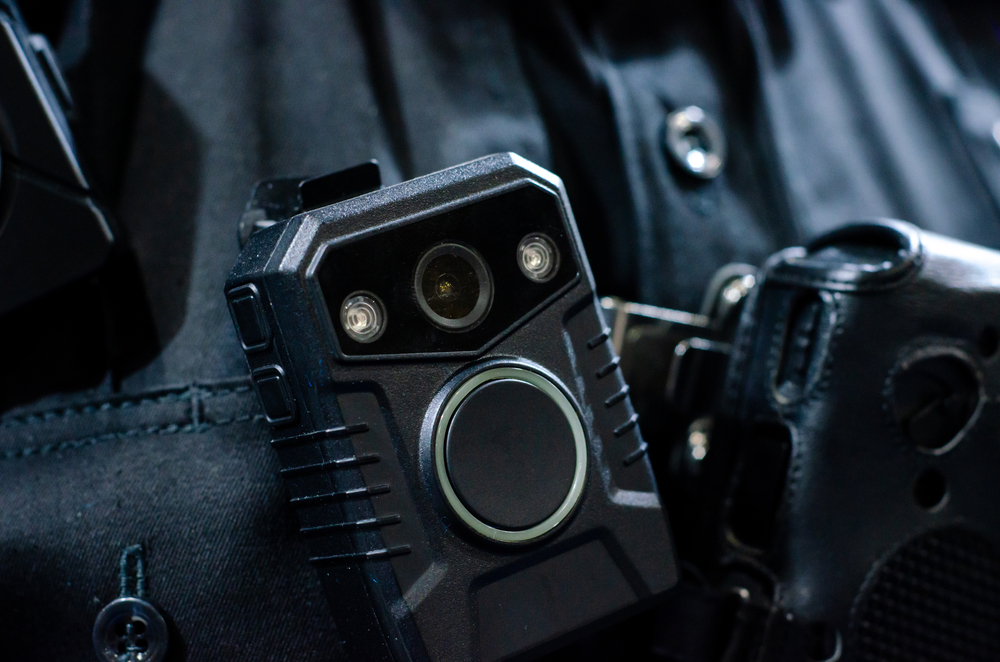
Items like cones or flares that help direct traffic around accidents, crime scenes, or other hazards, ensuring public safety.
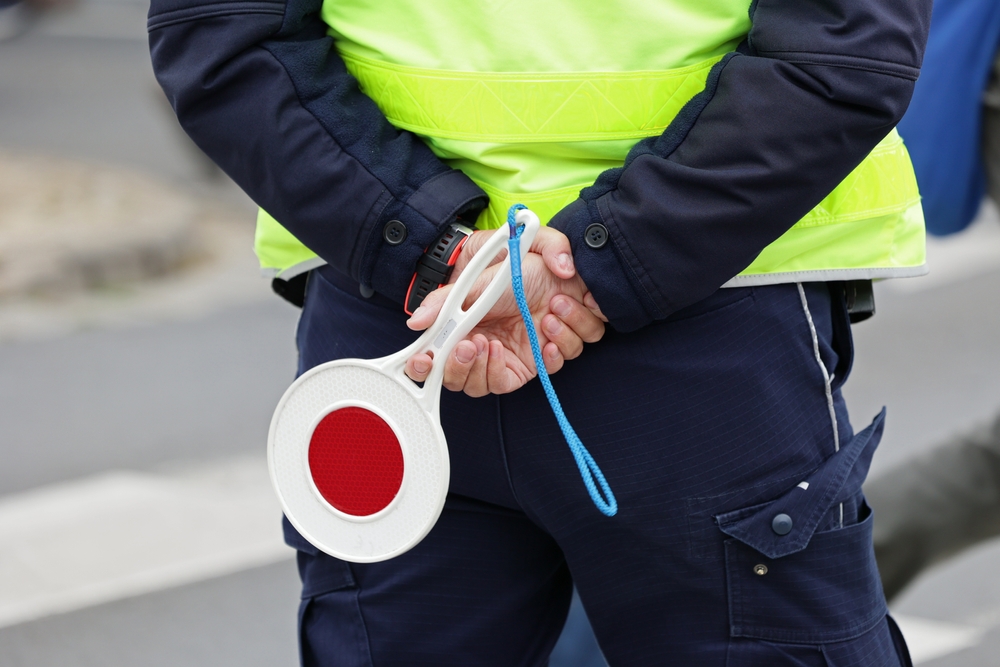
A sharp tool used for cutting tasks, such as cutting through seatbelts, clothing, or packaging during investigations or emergencies.
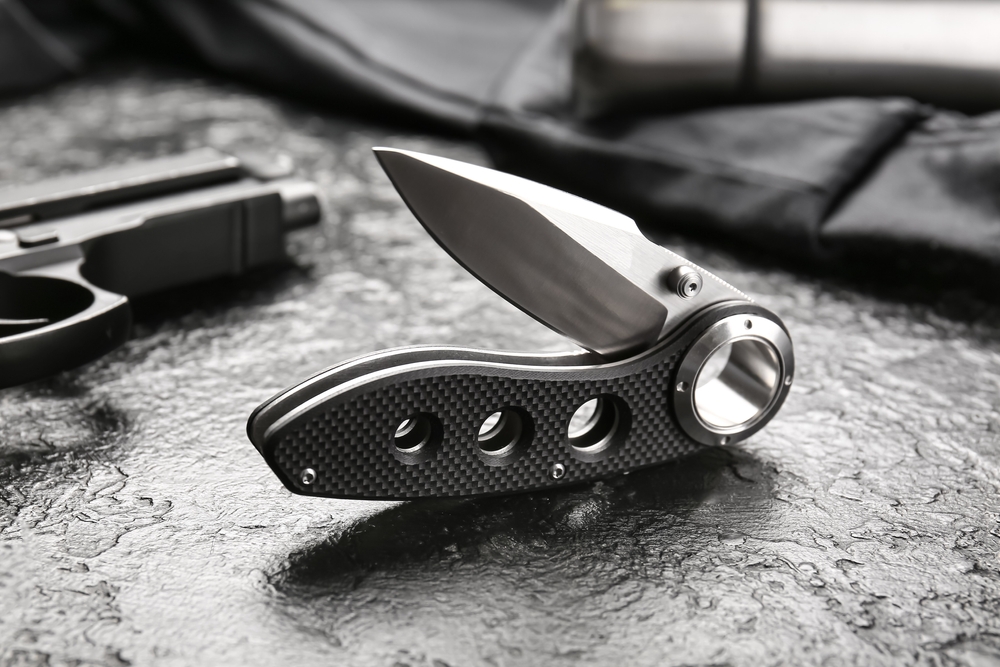

Police tape, commonly known as crime scene tape, is an important tool used by law enforcement to secure…
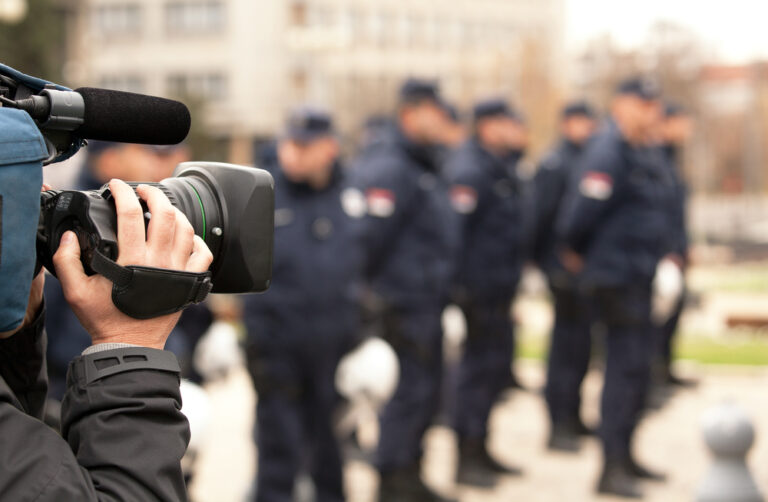
The police are called daily regarding various incidents of public interest. It is our responsibility to provide the…
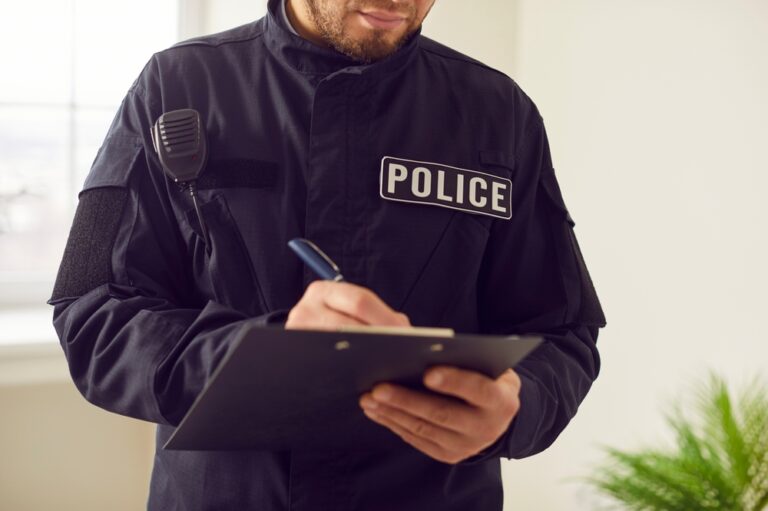
Many police officers experience terrible, traumatic events in the line of duty. A significant number of police officers…